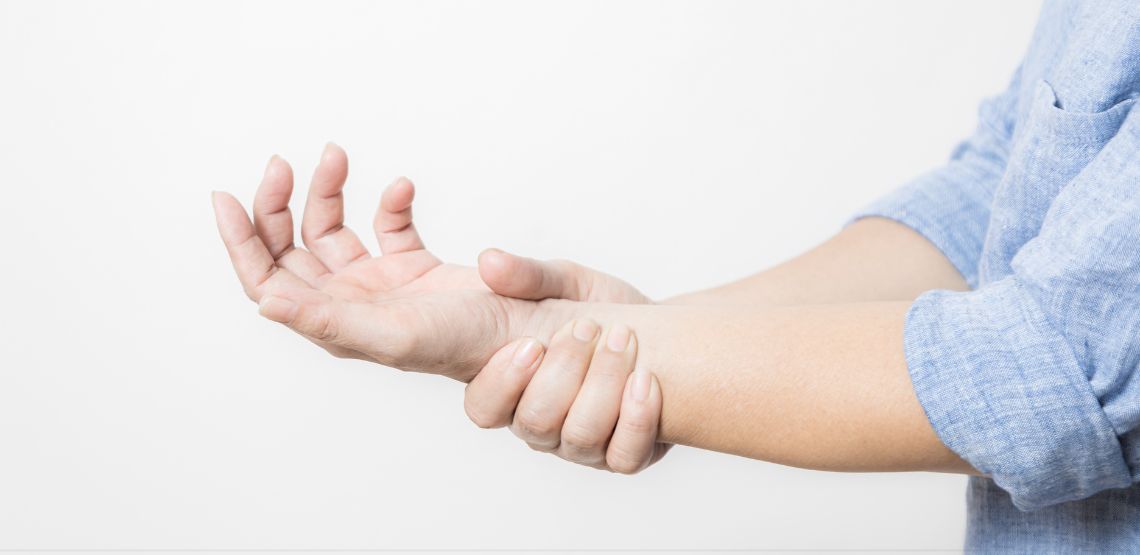Vital Symptoms You Should Know About
Spotting these signs early is vital for getting the right diagnosis and treatment. One medication that helps manage these disorders is DOJOLVI, which is prescribed for people with LC-FAOD.
Key Signs of LC-FAODs
Sensitivity to Fasting
Many people with LC-FAODs can't go without food for long periods. When they do, their symptoms might get worse, so eating regularly is very important.
Muscle Weakness
Muscle weakness can be another sign. Affected individuals might find it hard to keep up with physical activities that need strength.
Recurrent Vomiting
Frequent vomiting can signal an energy crisis in someone with LC-FAOD. This often happens during sickness or when they haven’t eaten for a while.
Low Energy Levels
One of the first things to notice is a lack of energy. Kids with LC-FAODs often seem tired or sluggish, particularly after playing or exercising.
Growth Delays
Children with this disorder may grow more slowly than their friends. They might reach important milestones, like sitting or walking, later than expected.
Cardiac Issues
Some individuals may develop heart problems, such as an enlarged heart (cardiomyopathy), leading to various heart-related symptoms.
Seizures
Seizures can occur, especially during times of stress or illness when the body demands more energy. This is a serious symptom that needs immediate medical attention.
Muscle Pain
Some people with LC-FAODs experience muscle pain after exercising. This discomfort is due to their bodies having trouble using fats for energy.
Hypoglycemia (Low Blood Sugar)
Low blood sugar can lead to dizziness, confusion or irritability. This might happen during fasting or when they are sick.
Liver Problems
Enlarged liver (hepatomegaly) can be another concern. Affected individuals may show abnormal liver function in tests, which could lead to other health issues.
Treatments for LC-FAODs
While there is no cure for LC-FAODs, various treatments can help manage symptoms and improve life quality:
Dietary Changes
A low-fat and high-carbohydrate diet is often recommended. This helps reduce the body’s need to metabolize fats.
Frequent Meals
Eating smaller meals more often helps maintain steady energy levels and prevents low blood sugar.
Supplementation
Medium-chain triglycerides (MCTs) can serve as an alternative energy source. MCTs are easier to digest and don’t require the same process as long-chain fats.
Emergency Protocols
It's important to have a plan in case of emergencies, which might include medications or sugar solutions for treating low blood sugar.
Regular Monitoring
Regular check-ups with healthcare professionals are crucial. Monitoring blood sugar and general health helps spot problems early.
Supportive Therapies
Physical therapy can strengthen muscles, while occupational therapy assists with daily living skills, especially for children.
Genetic Counseling
Families may benefit from genetic counseling to better understand LC-FAODs and discuss future family planning.
DOJOLVI
DOJOLVI (triheptanoin) is a prescription drug for treating LC-FAODs. It helps supply energy and lowers the risk of related metabolic issues, improving overall well-being.
Understanding the Signs
If you notice any signs of LC-FAODs in yourself or someone you care for, it’s important to talk to a healthcare professional for a proper diagnosis and treatment plan. Early detection can lead to better outcomes and improved quality of life for those affected by this condition.
